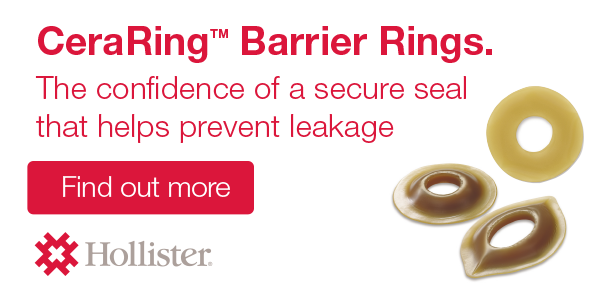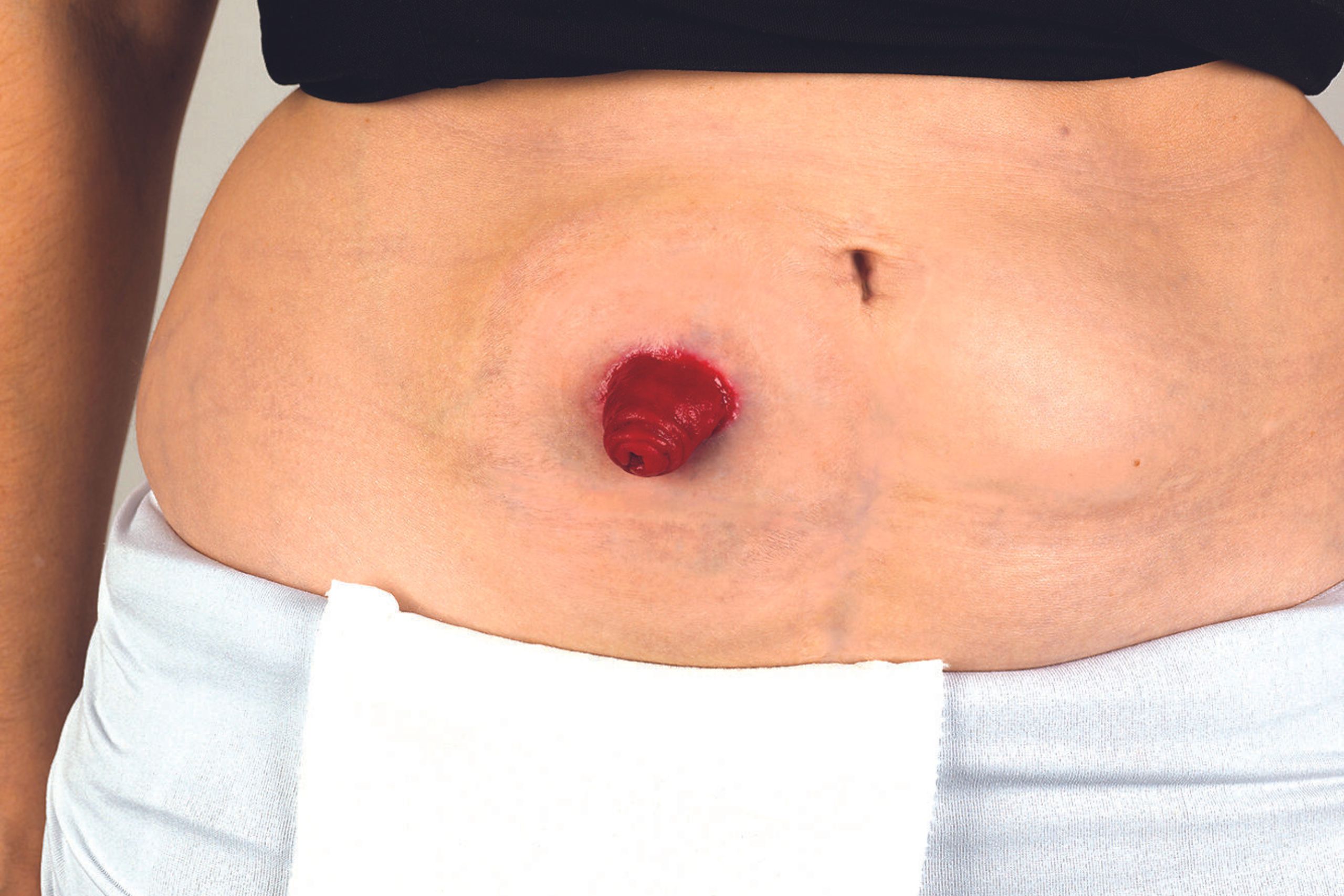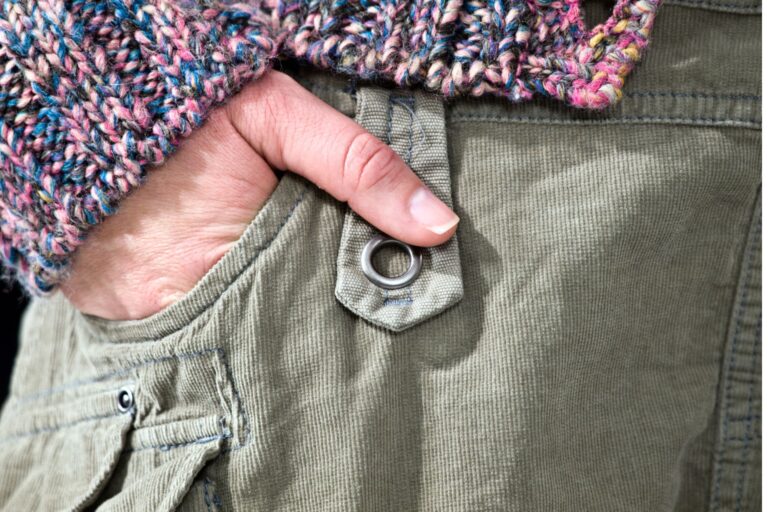Introduction
Caring for the area around your stoma is crucial in preventing irritation, skin damage, bacterial or fungal infection, and other skin complications.
Leaks are a common cause of such irritation, because urine contains waste products such as urea, ammonia and uric acid which can cause damage to the skin following extended exposure.
If urine comes into prolonged contact with your skin, the moisture can cause maceration, meaning that it becomes soggy, softens and breaks down, leaving it more susceptible to infection. Older people are at increased risk as their skin may have lost some of its elasticity, making it more fragile and prone to tears.
Common issues and essential skin care tips
Here are some common issues that may occur, along with essential tips for effective urostomy skin care:
Irritant contact dermatitis
This is when urine comes into contact with your peristomal skin and causes inflammation and redness. The most common cause of this is a poorly fitting stoma appliance, which allows urine to sit on your skin.
Appliance leaks can happen for several reasons, including changes in your body shape and weight which can alter the size of your stoma.
These issues can be resolved by booking a consultation with your stoma care nurse who will assess your technique in changing your appliance, and review the products you use. You can discuss whether you need an alternative pouch, or whether you might try using a seal, paste, belt or other accessories. Your stoma template might need re-sizing.
Your stoma nurse may request a urine sample and/or skin swab to rule out any infection that may be contributing to the problem. Remember, it is important to let your stoma nurse know if the problems persist.
Contact dermatitis – inflammation
You might experience contact dermatitis if your skin becomes sensitive to the components in the flange/adhesive area, baseplate or other products which you apply to your skin.
This can cause your skin to become irritated, itchy, dry, flaky, blistered or rashy. It might also become moist and weepy.
Often the irritation can be eased by using a barrier film wipe or spray, or by changing the pouch/flange to a different brand. There are quite a few brands available that have skin healing or protective properties in the adhesive that can negate the need for a barrier film. If your skin is broken, then your nurse might suggest a stoma powder, although barrier films and stoma powders are primarily used to treat an acute problem and shouldn’t normally be used longer term.
Peristomal ulceration
Peristomal ulcers can occur on peristomal skin and are caused by pressure from convex pouches, particularly firm convex pouches. The risk of ulceration can also be increased if you’re experiencing a peristomal hernia. Belt loops on convex pouches, where they have pressed into the skin, can also cause pressure ulcers, if the belt is too tight.
Tight clothing, seat belts and other external pressures can also be a contributing factor to developing pressure ulcers. Certain medications can increase the risk of developing peristomal ulceration too.
Trauma can, in some patients, trigger pyoderma gangrenosum. This is a rare, non-infectious inflammatory skin condition that starts with red pustules and rapidly breaks down into open sores. This can be treated with a topical steroid, and your stoma nurse may request a dermatology referral for you.
Folliculitis
This is a pustular inflammation of hair follicles, usually caused by bacteria such as staphylococcus aureus or streptococci.
Folliculitis can happen if you frequently shave around your stoma to help your pouch stick. The rash may start as pimples at the site of the hair follicle, and can become itchy and painful.
Your stoma nurse may suggest that your inflammation is swabbed, and prescribe you a course of antibiotics. They may also suggest a skin barrier wipe to help ease your discomfort.
Phosphate deposits
Phosphate deposits occur when there is too much alkaline in your urine. This forms grey crusty deposits on your skin. It is important that these deposits are covered with your pouch and the template size is not too large as this may result in sore skin and leaks.
Maintaining a good fluid intake can help reduce this problem.
Muco-cutaneous separation
This can happen when the stoma is newly formed. During surgery, the bowel used to form your stoma, is stitched to your skin. Sometimes, these stitches can separate from the surrounding skin, leading to a small open wound around it.
This may look unpleasant but will heal over time. Your stoma nurse can give you advice on appropriate products to help with healing.
Granulomas
These are small red lumps that can appear around the edge of your stoma. They are caused by trauma or friction such as baseplate rubbing, which can lead to your skin over-healing. They can occur at any time and may feel tender when you touch them.
Granulomas often bleed and can lead to difficulties sticking on your pouch. It is important to have the correct template size. If it is too big, this may result in the granulation tissue enlarging.
Your stoma nurse may suggest treatment with a silver nitrate stick; a caustic stick used to cauterise the surface of the granuloma to reduce bleeding and help reduce them in size. They can also be frozen off or removed by your surgeon if they are very large and not responding to other treatments.
General advice
Your pouch should fit snugly around your stoma. Check the area regularly, note any changes to your peristomal skin, and address any issues promptly.
When removing your pouch, use an adhesive remover spray to help reduce any friction that may damage your skin, gently removing your pouch in a downward motion.
It is best to clean around your stoma with warm water – try to avoid soaps with oils or perfumes as these may irritate your skin. If you are using soaps, ensure these are rinsed off properly and your skin is completely dry before applying a new pouch.
Regular exercise is important as it increases your body’s metabolism and encourages oxygen to reach the skin cells faster and in a greater supply.
If you smoke, this affects how nutrients and oxygen get into your skin, and can cause it to become dry, dull and at more risk of breakdown.
Conclusion
Remember, not everyone will experience the issues mentioned here. But it is important to tell your stoma care nurse about any changes you’re experiencing with your stoma, urine output or your peristomal skin.
In some areas, stoma care nurses offer annual reviews, but do ask to be seen earlier if you are experiencing any issues. Some local hospital nurses also run clinics and offer reviews.
These reviews offer you the opportunity to receive reassurance on any concerns, updates on products and signposting for any psychological support you may need.
- Authors: Lynne Bradley and Karen Totty, both Stoma Specialist Prescribing Nurses and Louise Turner, Assistant Practitioner, Nottingham Appliance Management Service
- Photo: Courtesy of Hollister Ltd






